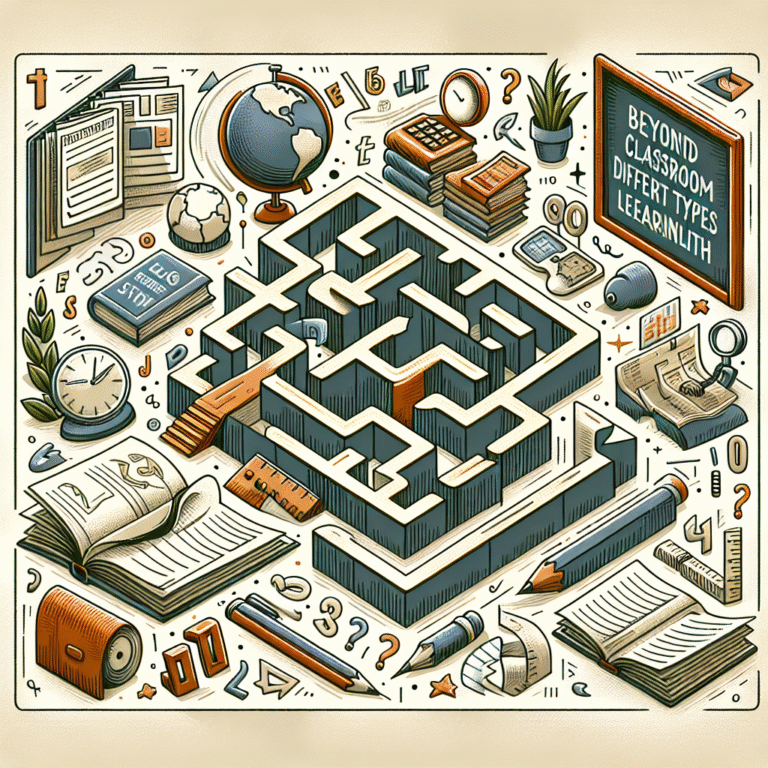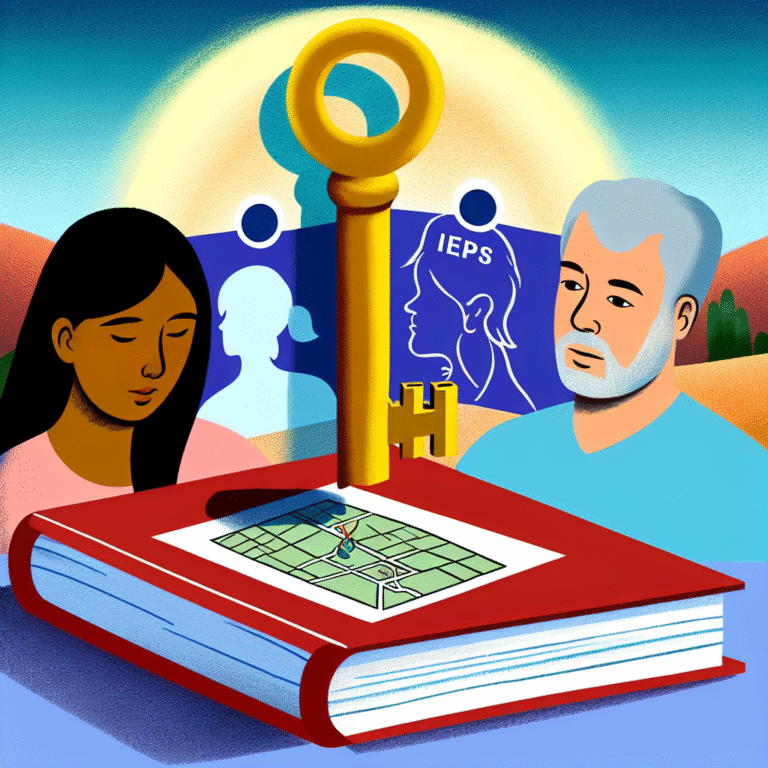Beyond the Bedroom: How Psychology Shapes Our Sexual Identities
In a world increasingly open to discussions about sexuality, the interplay between psychology and sexual identity garners more attention than ever. Understanding how our sexual identities are molded goes beyond mere physical expression—it delves into the intricate web of personal experiences, societal influences, and psychological understandings. In this ultimate exploration of "Beyond the Bedroom: How Psychology Shapes Our Sexual Identities," we aim to unravel the complex tapestry of how various psychological factors affect who we are sexually, culturally, and emotionally.
Introduction
Have you ever wondered why you are attracted to certain people or how your past influences your current sexual preferences? From the narratives we tell ourselves to the societal norms that shape our behaviors, our sexual identities are reflections of much more than who we are physically attracted to. They are deeply rooted in our psyche, a jumble of experiences, influences, and personal revelations. As we navigate through relationships, desires, and identities, understanding the psychology behind these choices can empower individuals to embrace their authentic selves.
In this article, we will explore the theories surrounding sexual identity, impactful case studies showcasing real-world applications, and actionable insights that will help readers examine and understand their own sexual identities in profound and meaningful ways. So, let’s dive into this transformative journey, going beyond the bedroom and into the core of who we are.
The Psychological Framework of Sexual Identity
Theories of Sexual Development
Freudian Perspectives:
Sigmund Freud’s theories on sexuality laid the foundation for modern understandings of sexual identity, focusing on the conflicts and dynamics of psychosexual development. Freud postulated that early childhood experiences significantly impact adult sexual behaviors and preferences.Identity vs. Role Confusion:
According to Erik Erikson’s psychosocial development theory, the stage of identity vs. role confusion is crucial during adolescence. It’s in this stage that individuals begin integrating their sexual identities, with societal acceptance playing a critical role in forming self-concept.- Social Learning Theory:
Bandura’s social learning theory emphasizes the importance of observational learning in shaping sexual identity. By observing family, peers, and media figures, individuals learn and adopt sexual behaviors and attitudes.
The Role of Culture and Society
The Influence of Social Norms
Social norms dictate what is deemed acceptable or unacceptable regarding sexual identity. These norms are often internalized by individuals, affecting their self-expression and comfort within various sexual identities.
- Case Study: The Experience of LGBTQ+ Youth
A qualitative study focusing on LGBTQ+ adolescents highlighted how societal acceptance directly correlates with self-acceptance and confidence. Those raised in open-minded environments reported significantly higher levels of self-esteem than their peers in more conservative settings, showcasing the profound impact of social influences on psychological development.
| Social Environment | Self-Acceptance Level |
|---|---|
| Open and Supportive | High |
| Conservative | Low |
Image Description: A chart highlighting the percentages of self-acceptance in supportive vs. conservative environments would visually enhance the article, making this data more digestible.
Self-Concept and Sexual Identity
Understanding oneself is essential for developing a stable sexual identity. This exploration involves discovering personal values, beliefs, and experiences related to sexuality.
- Case Study: Personal Narratives of Gender Fluidity
Research involving individuals identifying outside of the traditional gender binary illuminates how personal narratives can shape self-concept. Their stories often reveal struggles against societal expectations, ultimately leading to self-discovery and acceptance.
The Fluid Nature of Sexual Identity
Sexual identity should be viewed as fluid rather than fixed. People may experience changes in their sexual orientation, preferences, or identity over time.
The Kinsey Scale
Developed by Alfred Kinsey, the Kinsey scale allows individuals to understand their sexual orientation on a spectrum rather than as a binary concept. This model acknowledges that sexual attraction can change and evolve throughout one’s life.
- Case Study: Ellen’s Journey
Analyzed narratives reveal Ellen, a bisexual woman, who initially identified as straight and later embraced her sexuality as she became more aware of her attractions and the fluidity of her desires. This highlights how personal discovery can lead to shifts in identity.
Intersectionality and Identity
The concept of intersectionality emphasizes that various aspects of one’s identity—such as race, class, gender—interact in uniquely influential ways. These intersections can greatly affect how individuals experience their sexual identities in the context of their lives.
- Case Study: The Experiences of Black Queer Femmes
Exploring the experiences of Black queer women demonstrates how their intersecting identities expose them to unique challenges and triumphs not typically seen in monolithic narratives of sexuality. This complexity can inform a richer understanding of sexual identity that goes beyond simple labels.
The Psychological Effects of Sexual Identity
Mental Health Implications
The relationship between sexual identity and mental health is well-documented. Discrimination, stigma, and societal pressure can lead to higher rates of anxiety and depression among those struggling with their sexual identities.
Case Study: Mental Health Outcomes
A longitudinal study of LGBTQ+ youth found that those who faced high levels of discrimination reported significantly poorer mental health than their peers. This underscores the pressing need for supportive environments that foster acceptance for diverse sexual identities.
The Power of Self-Acceptance
Self-acceptance is a critical factor in psychological well-being. Individuals who openly embrace their sexual identities often experience enhanced emotional health and fulfillment.
- Actionable Insight: Engaging in Affirmative Practices
Methods such as therapy, support groups, and educational resources can enhance understanding and acceptance of one’s sexual identity. Engaging in these practices fosters resilience and well-being.
Navigating Relationships Beyond the Bedroom
Communication in Sexual Relationships
Effective communication is vital for navigating connections, desires, and boundaries in sexual relationships. Understanding one’s own sexual identity can improve the quality of these interactions.
Strategies for Healthy Dialogue
- Practice Assertiveness: Delicate yet assertive communication helps partners express desires and limits clearly.
- Be Open to Feedback: Creating a safe space for feedback fosters mutual respect and growth.
The Impact of Sexual Identity on Partnerships
Sexual identity can significantly influence the dynamics of relationships. Partners may navigate differing levels of acceptance, attraction, and desire.
Case Study: Open Relationships
The dynamics of non-monogamous relationships highlight how individuals redefine traditional sexual identities. Research indicates that those in consensual non-monogamous partnerships often experience enhanced communication skills but may also face insecurities stemming from societal judgments.
Conclusion
The exploration of "Beyond the Bedroom: How Psychology Shapes Our Sexual Identities" illustrates the intricate connections between our psychological make-up and sexual lives. Understanding this relationship allows for deeper self-acceptance, improved mental health, and healthier relationships. As we unveil the layers of our sexual identities, we empower ourselves and others to embrace authenticity, ultimately fostering acceptance in broader societal contexts.
Takeaway
Each journey of understanding sexual identity is unique, yet the insights garnered—whether through psychological theories, lived experiences, or societal influences—create pathways for love and acceptance. As we continue to break down the barriers surrounding sexual identity and mental health, let’s commit to embracing our complexities.
FAQs Section
1. How does childhood affect adult sexual identity?
Childhood experiences shape perceptions and beliefs about sexual identity, influencing how individuals understand their attractions and desires in adulthood.
2. Can sexual identity change over time?
Yes, sexual identity is fluid for many individuals and can evolve due to experiences, personal growth, or shifts in societal norms.
3. What role does mental health play in sexual identity?
Mental health often intersects with sexual identity; individuals facing stigma may experience increased anxiety and depression, making supportive environments essential.
4. How can I communicate my sexual identity to a partner?
Being open and honest, practicing assertiveness, and creating a safe space for dialogue are essential for effective communication about sexual identity in relationships.
5. Are there resources available for people exploring their sexual identity?
Yes, there are various resources, including supportive communities, educational websites, and professional therapy, that can guide individuals in exploring and understanding their sexual identities.
In summary, understanding "Beyond the Bedroom: How Psychology Shapes Our Sexual Identities" is not just an academic pursuit; it is a personal journey that can equip us with the tools to navigate our interpersonal relationships, enhance self-acceptance, and promote mental well-being. Let’s continue this exploration together, armed with knowledge, empathy, and the strength to embrace who we are.





